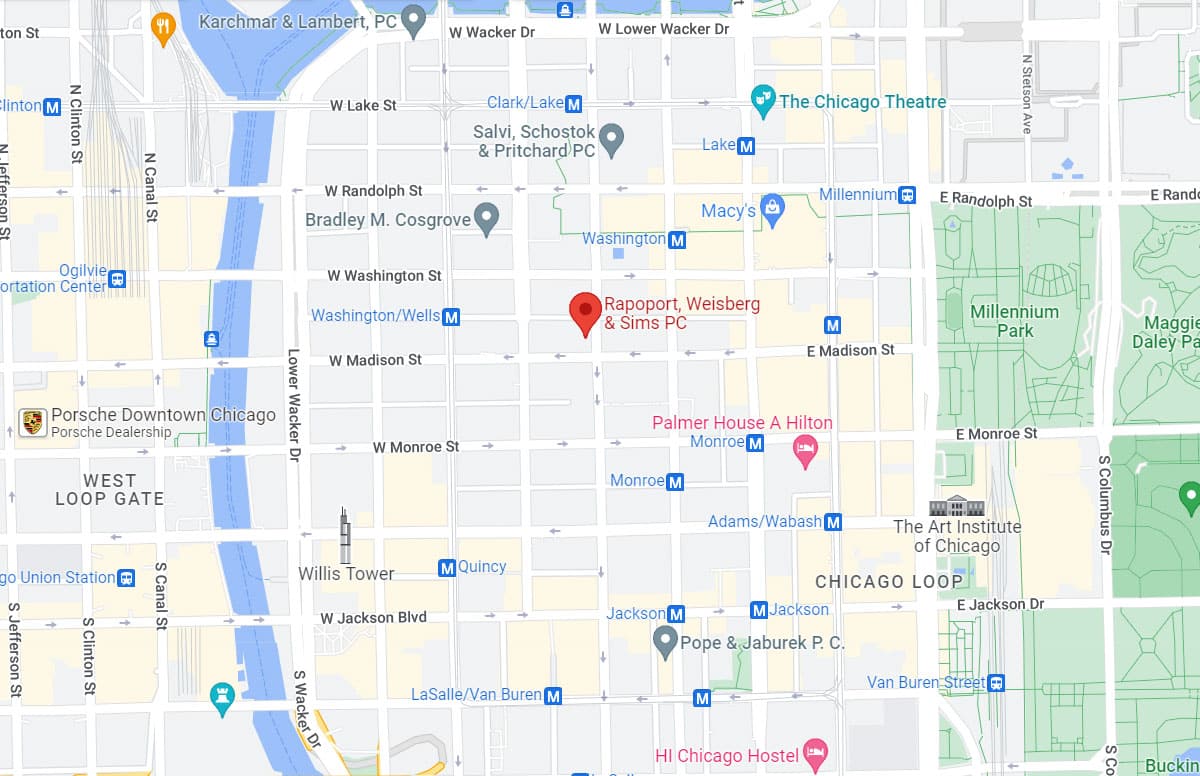According to the American Sleep Apnea Association (ASAA), undiagnosed or untreated sleep apnea can significantly increase a driver’s potential to be involved in serious automobile crashes. The National Institute on Health’s Heart, Lung and Blood Institute describes sleep apnea as a condition that causes a person to experience periodic pauses between breaths or very shallow breathing during sleep. The breathing pauses can last from seconds to minutes, and can occur anywhere from 5 to 30 times an hour. For chronic sufferers, the episodes appear 3 or more nights a week, moving the person constantly from deep to light sleep.
Sleep apnea often goes undiagnosed. Doctors usually can’t detect the condition, and there are no blood tests for it. Most people who have sleep apnea don’t know they have it because it only occurs during sleep. The most common type of sleep apnea is obstructive sleep apnea (OSA). This most often means that the person’s airway has collapsed or is blocked during sleep. The blockage causes the shallow breathing or breathing pauses, which results in the person’s sleep being disrupted several times a night. The constant sleep disturbance causes a person with sleep apnea to experience excessive daytime sleepiness, resulting in a slower response time and lack of focus. The excessive tiredness is what can spell disaster behind the wheel.
The ASAA lists the following statistics on OSA and the impact it has on driver safety:
- OSA afflicts at least 20 million Americans…more than asthma or diabetes, and yet more than 85% remain undiagnosed.
- People with OSA tend to have high blood pressure, heart problems, stroke, depression and sexual dysfunction with annual health care costs TWO TIMES HIGHER than those without OSA.
- People with OSA are SIX times more likely to have a crash and SEVEN TIMES more likely to have multiple accidents.
- More than 800,000 drivers were involved in OSA-related car crashes in 2000, costing more than $15.9 billion in damage claiming 1,400 lives.
- It’s estimated that if all drivers with OSA were treated, $11.1B in damages could be saved, along with 980 lives each year.
- MOST IMPORTANTLY, accident and health risks return to NORMAL when individuals are diagnosed and treated for OSA.
On May 11 and 12, The ASAA held its Sleep Apnea and Trucking Conference in Baltimore, Maryland. Co-sponsored by the American Trucking Association (ATA) and the Department of Transportation’s Federal Motor Carrier Safety Administration (FMCSA), the ASAA declared the Conference’s goal as “bringing together trucking, regulatory, medical, insurance, legal and policy experts to provide accurate and reliable information about OSA diagnosis, treatment and compliance.” According to the ASAA website, the Conference sought address key issues and offer guidance to on how to improve driver health and safety.

